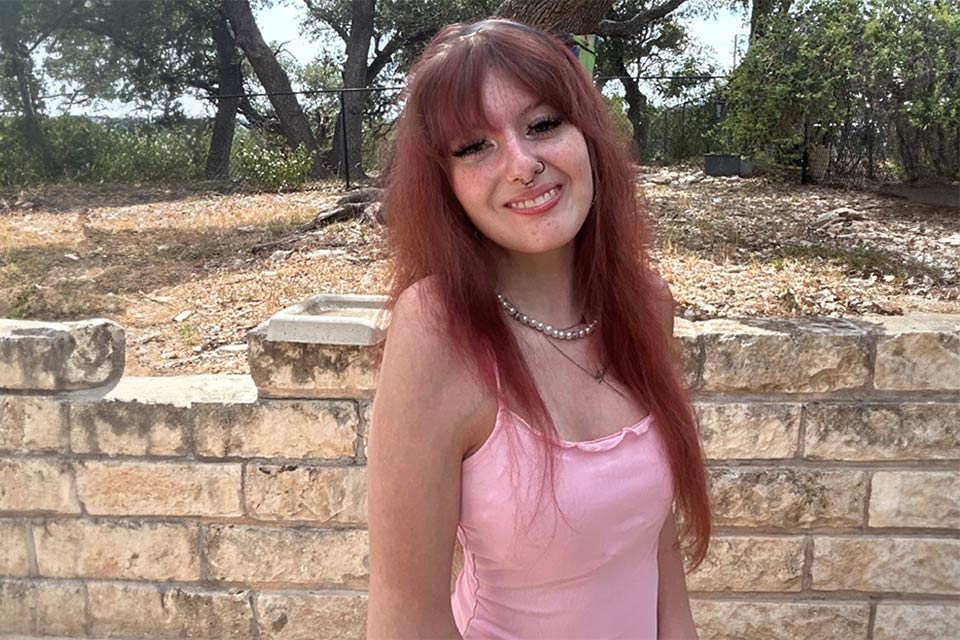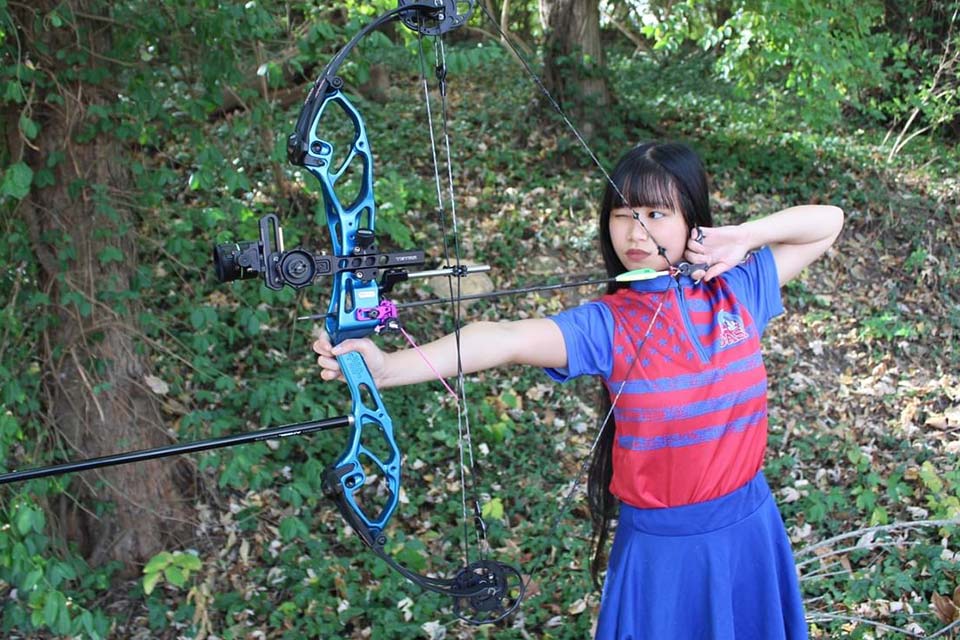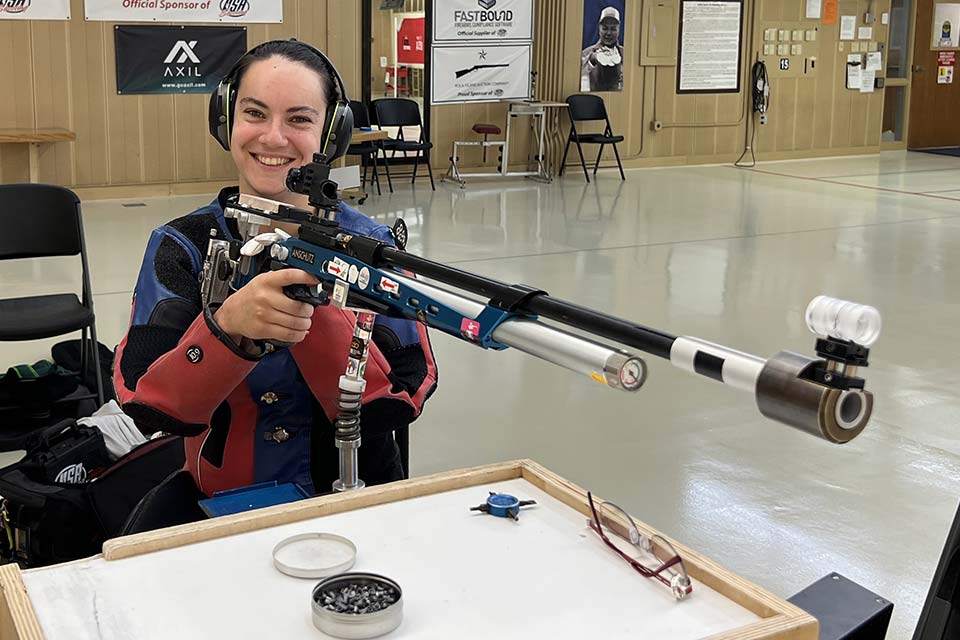-
Patient Story
Emery’s Orthopedics Team Focuses on Giving Her a Future of Function
https://www.shrinerschildrens.org/en/News-and-Media/Patient-Stories/2022/05/EmeryEmery's hand and upper extremities orthopedic team is providing the care she needs to live her life to the fullest.
-
Patient Story
Former Patient Inspired to Become a Nurse After Years of Burn Care and Innovative Laser Treatments
https://www.shrinerschildrens.org/en/News-and-Media/Patient-Stories/2022/10/Olivias-Story8-year-old Olivia received third-degree scald burns when a pot a boiling water accidentally spilled down her back. Thirteen years later she and her family are grateful for the transformative burn care and advanced reconstructive care Olivia received at Shriners Children's Boston.
-
Patient Story
A Touch Goes a Long Way: Gloria Shares Her Story in Hopes of Inspiring Others
https://www.shrinerschildrens.org/en/News-and-Media/Patient-Stories/2023/08/Gloria-Shares-Her-StoryGloria's mother credits the staff at Shriners Children's for helping them through the toughest parts of Gloria’s recovery.
-
Patient Story
Elena Stands On Her Own Two Feet Because of Shriners Children's
https://www.shrinerschildrens.org/en/News-and-Media/Patient-Stories/2022/02/ElenaElena has never let her prosthetic legs limit her abilities.
-
Patient Story
Sadie Has Confidence, Her Own Sense of Style, and a Desire to Help Others
https://www.shrinerschildrens.org/en/News-and-Media/Patient-Stories/2024/06/Sadie-ArthrogryposisSadie has always appreciated the fact that her doctors included her in the decisions concerning her treatment. It is a unique aspect that Sadie believes is what makes Shriners Children’s so special.
-
Patient Story
Brody’s Parents Encourage Caregivers to Rely on the Support System at Shriners Children’s Boston
https://www.shrinerschildrens.org/en/News-and-Media/Patient-Stories/2024/07/Support-System-at-Shriners-Childrens-BostonBrody is a craniofacial patient at Shriners Children's Boston, and his parents recommend finding connections with families who have been through similar situations.
-
Patient Story
From Patient to Philanthropist: Megan's Story
https://www.shrinerschildrens.org/en/News-and-Media/Patient-Stories/2022/10/Megans-StoryShriners Children's patient alumnus gives back.
-
Patient Story
Eighteen-Year-Old Shriners Children’s Patient Aiming for Future Paralympic Games
https://www.shrinerschildrens.org/en/News-and-Media/Paralympic-Stories/2024/Keira-ParalympicsKeira has won 17 gold medals in archery and has her eyes on the 2028 Paralympic Games.
-
Patient Story
Former Shriners Children’s Patient Aims for Successful Paris Games to Close Out Paralympic Career
https://www.shrinerschildrens.org/en/News-and-Media/Paralympic-Stories/2024/McKenna-ParalympicsFormer Shriners Children’s Portland patient McKenna Geer will write the final chapter of her para shooting career this summer in Paris when she competes at her third Paralympic Games.
-
News
Dr. Dylan Kluck Talks About Providing Life-Changing Care at Shriners Children's Lexington
https://www.shrinerschildrens.org/en/News-and-Media/News/2024/11/Dr-KluckThe surgeon talks about why he went into medicine, how he came to Kentucky, what makes working at Shriners so rewarding and more.










